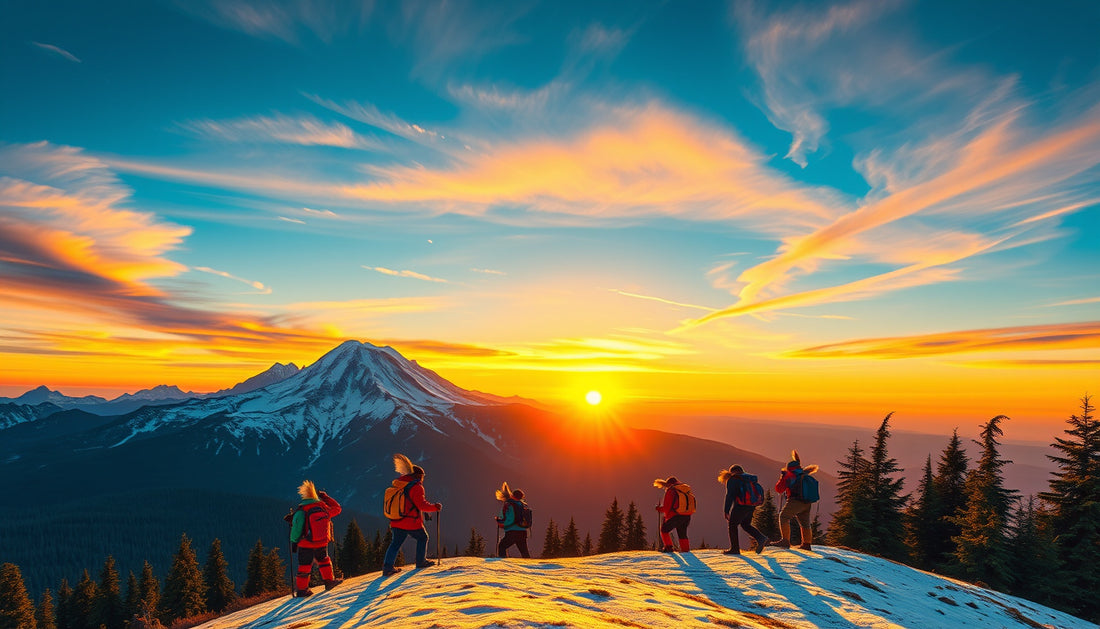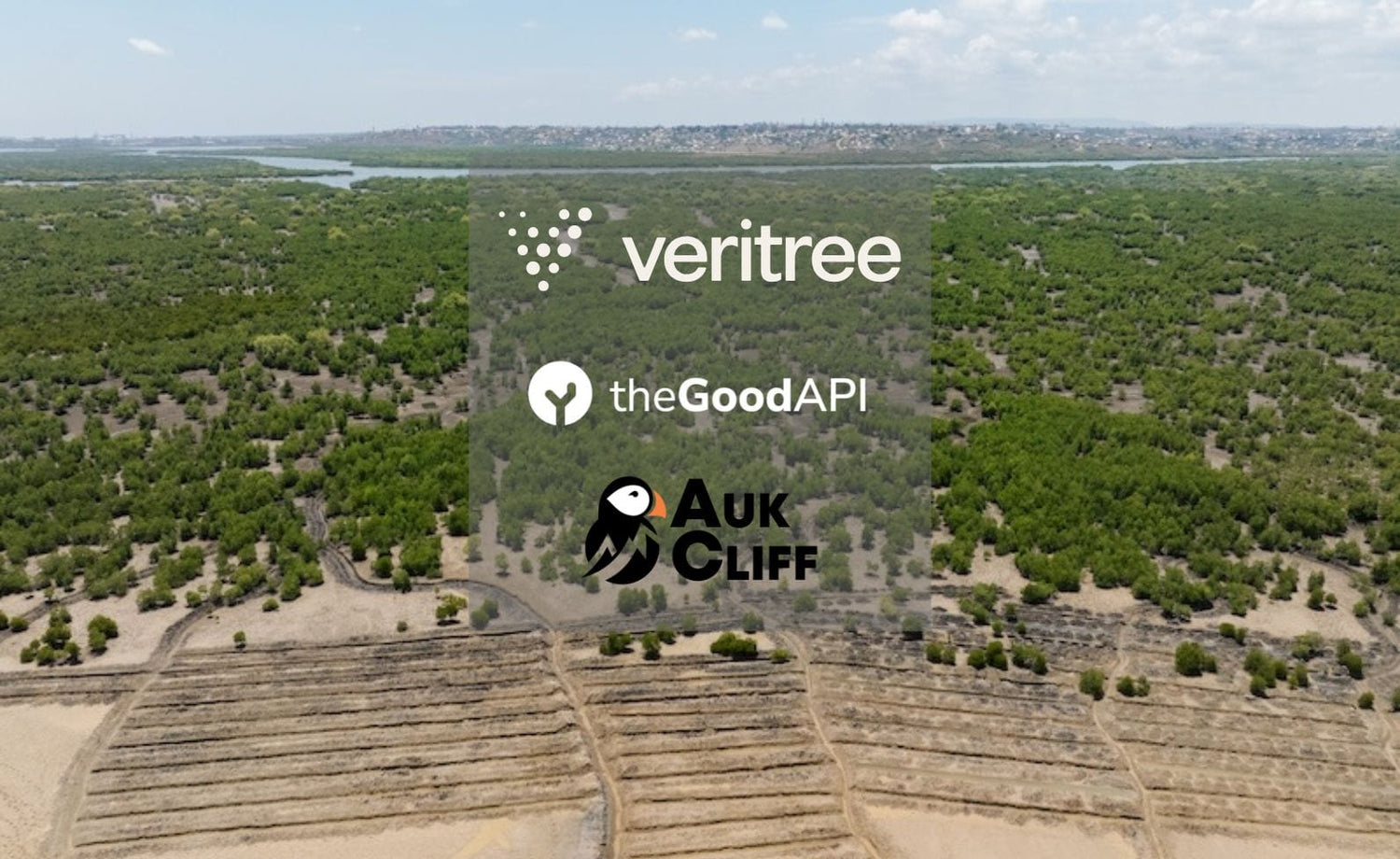
Ascending Traditions: Indigenous Mountaineers Conquer Mount Rainier
Share

Mount Rainier, standing tall at 14,411 feet, is more than just an iconic peak in the Pacific Northwest. For centuries, this towering volcano has held profound spiritual and cultural significance for the Indigenous peoples of the region. Recently, a growing movement of Indigenous mountaineers has embarked on journeys to ascend Mount Rainier, blending their ancestral traditions with modern mountaineering techniques. But what does this ascent truly represent beyond the physical challenge?
Reclaiming the Summit: A Cultural and Spiritual Endeavor
For many Indigenous communities—such as the Puyallup, Yakama, Nisqually, and other tribes surrounding Mount Rainier—this mountain is known as “Tahoma” or “Tacoma,” meaning 'mother of waters.' It is a sacred place linked to origin stories, ceremonial practices, and stewardship of the land. The climb isn’t just about reaching the peak; it’s a ritual of reconnection and respect.
Why is this important?
Because it signifies the resilience and revival of Indigenous heritage intersecting with environmental stewardship. The act of climbing Mount Rainier is a living tradition reasserting Indigenous presence on a landscape too often viewed through solely recreational or commercial lenses.
The Journey: Preparing for and Undertaking the Ascent
Indigenous mountaineers approach the climb with a profound sense of purpose and reverence. Preparation involves:
- Physical training tailored to high-altitude climbing
- Spiritual preparation, including prayers and ceremonies
- Community support and storytelling to pass on knowledge and honor ancestors
- Environmental stewardship principles to ensure minimal impact on sacred lands
Mountaineers often carry traditional items such as prayer sticks or clutches of earth from their home territories, symbolically uniting the mountain with their community.
Data and Facts That Illuminate the Movement
- Approximately 7% of recorded ascents on Mount Rainier in recent years have been initiated or led by Indigenous climbers, marking a growing presence.
- Successful climbs culminate in intertribal gatherings near the base, highlighting solidarity.
- Volunteer programs now include Indigenous guides focused on cultural education for visitors.
- Many Indigenous mountaineers report enhanced mental and spiritual wellness following the climb.
Words from the Field: Specialists Speak
Chief Jerry White, a Yakama Nation cultural leader and veteran mountaineer, reflects, “Climbing Tahoma reconnects us to the teachings of our ancestors. It’s a path walked in humility and strength—a dialogue between the earth and our spirits.”
Dr. Emily Johnson, an environmental anthropologist specializing in Indigenous land relations, notes, “These ascents are transformative acts of cultural reclamation, demonstrating how mountaineering can evolve beyond conquest to become a form of cultural expression and environmental guardianship.”
Can Mountaineering Be a Vessel for Cultural Revitalization?
These Indigenous ascents challenge us to rethink mountaineering’s purpose. Is it solely about individual achievement, or can it be an act of cultural resilience that honors history, community, and land? The answer appears clear: by ascending their sacred mountain, Indigenous climbers are weaving their traditions into the modern narrative of adventure sports and environmental care.
Call to Action: Embrace Respect and Learning
As outdoor enthusiasts and allies, how can we support and learn from Indigenous mountaineers? Begin by:
- Educating yourself on the sacred significance of mountains in Indigenous cultures
- Supporting Indigenous-led mountaineering and conservation initiatives
- Advocating for policies that protect sacred lands and honor Indigenous sovereignty
- Participating in respectful dialogue and amplifying Indigenous voices in outdoor recreation spaces
Mount Rainier's peak shines not just as a geographic summit but as a beacon of Indigenous strength and continuity. Let’s honor these stories and join in protecting the traditions and landscapes that sustain them.






